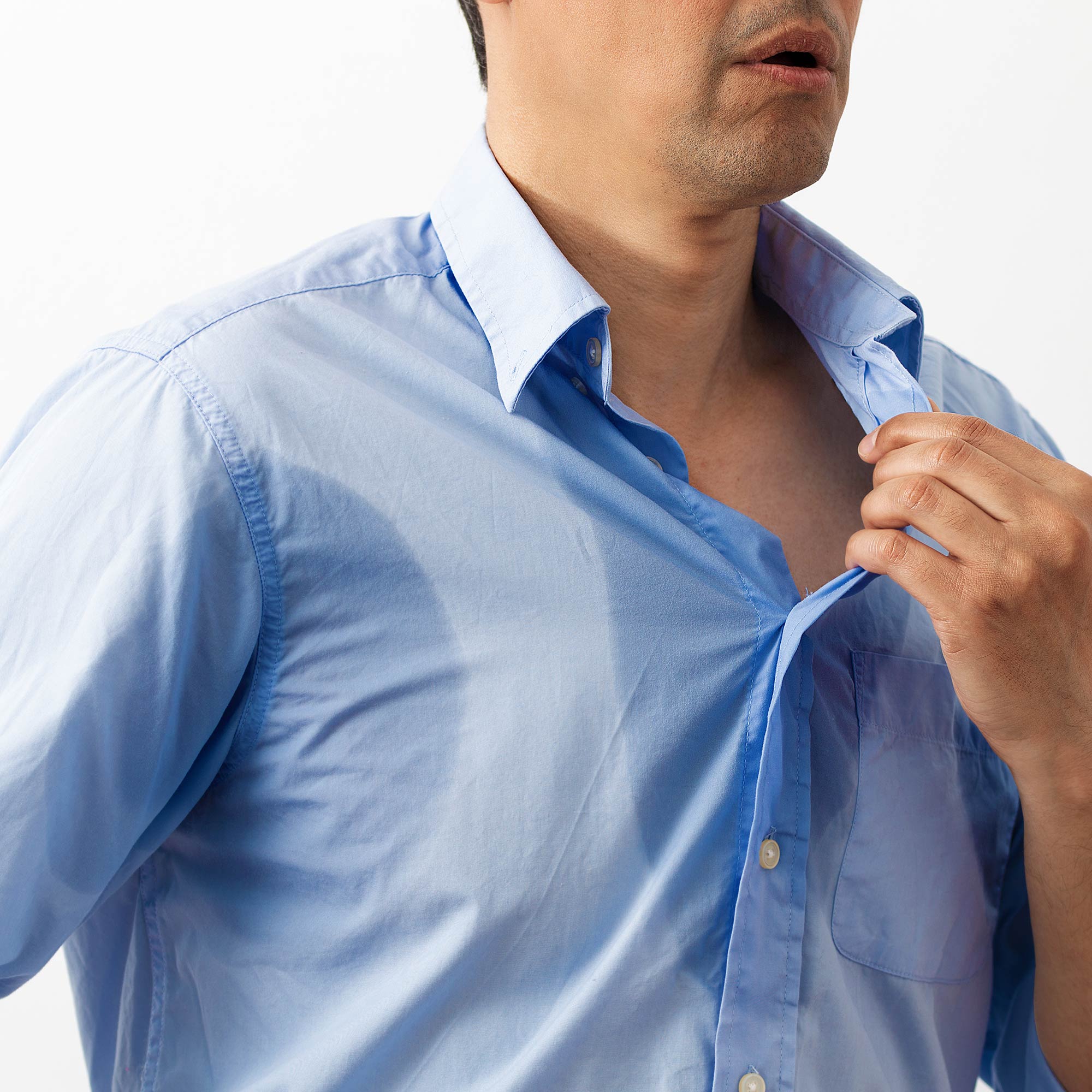
Excessive sweating (or hyperhidrosis) can be extremely stressful, embarrassing and, in severe cases, disabling. At Valley View Dermatology, we have many treatment options to address this condition — and we can help identify underlying medical conditions that could be causing excessive sweating.
About the condition
What is hyperhidrosis?
Hyperhidrosis is a condition where the body produces excessive sweat — more than is needed for body temperature regulation — typically around the underarms, scalp, face, hands and feet.
There are two kinds of hyperhidrosis:
Generalized Hyperhidrosis: Generalized hyperhidrosis is characterized by excessive sweating that occurs at least once a week in a few focused areas of the body — usually underarms, hands, feet or forehead. Generalized hyperhidrosis typically begins in childhood or adolescence.
Secondary Hyperhidrosis: Secondary hyperhidrosis is excessive sweating caused by a medical condition. Some of these conditions are:
- Menopause
- Hyperthyroidism
- Blood disorders
- Infection
- Diabetes
- Neurologic syndromes
What causes hyperhidrosis?
Researchers are still working on discovering the cause of generalized hyperhidrosis. What they’ve found so far is that it is often inherited, and may be related to overactivity of the sympathetic nervous system — the system that tells your body when to sweat.
When should I see a dermatologist about hyperhidrosis?
If your quality of life is impacted by excessive sweating, or if excessive sweating has come on suddenly, it’s important to see a dermatologist.
Locations treating sweating
I would never want to go anywhere else. The staff is wonderful, caring, and very professional and the doctor is so easy to speak with, he really takes the time to explain. I really appreciate all of the time that they spend with me.
Schedule an appointment
Take the first step today: book an appointment at the clinic that’s convenient for you. We look forward to creating a personalized treatment just for you.
Call 971-374-2150
